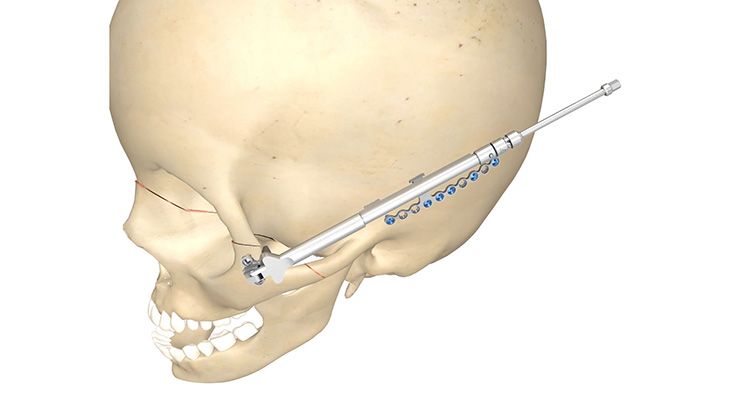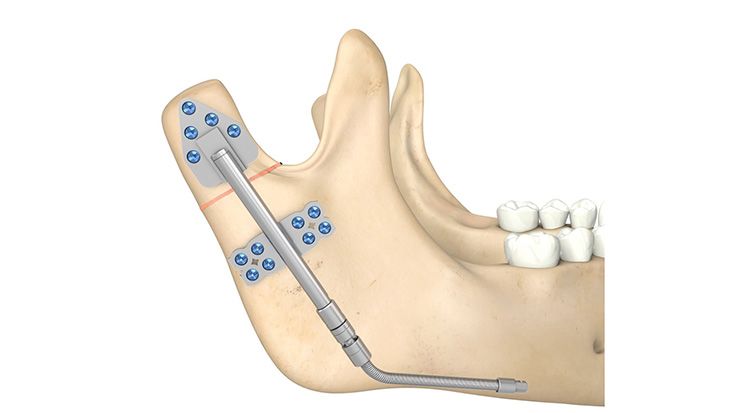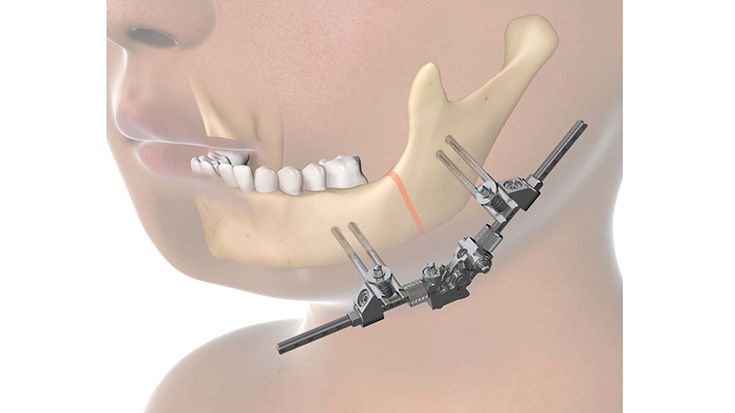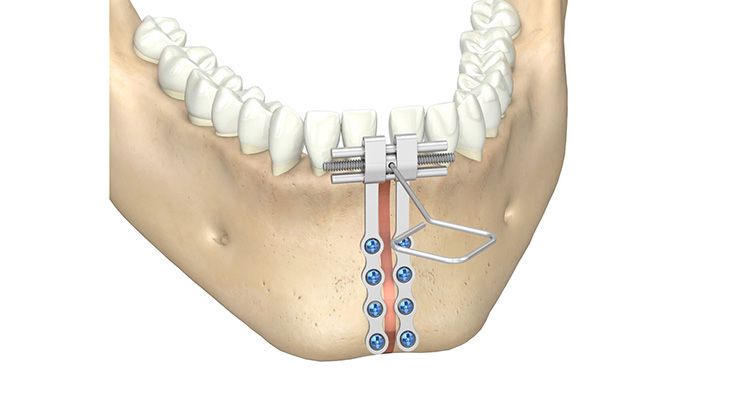Implants | CMF
Distractors and fixators
With numerous innovative and revolutionary distraction systems, KLS Martin has made a major contribution to establishing this technique in craniomaxillofacial surgery for use in operating rooms all over the world. There is hardly any craniomaxillofacial problem to which we have not responded by designing a special distractor to solve it.
We go beyond with new, innovative product details. We're helping to improve patient comfort, improve clinical safety and enable users to master even the most complex challenges.































